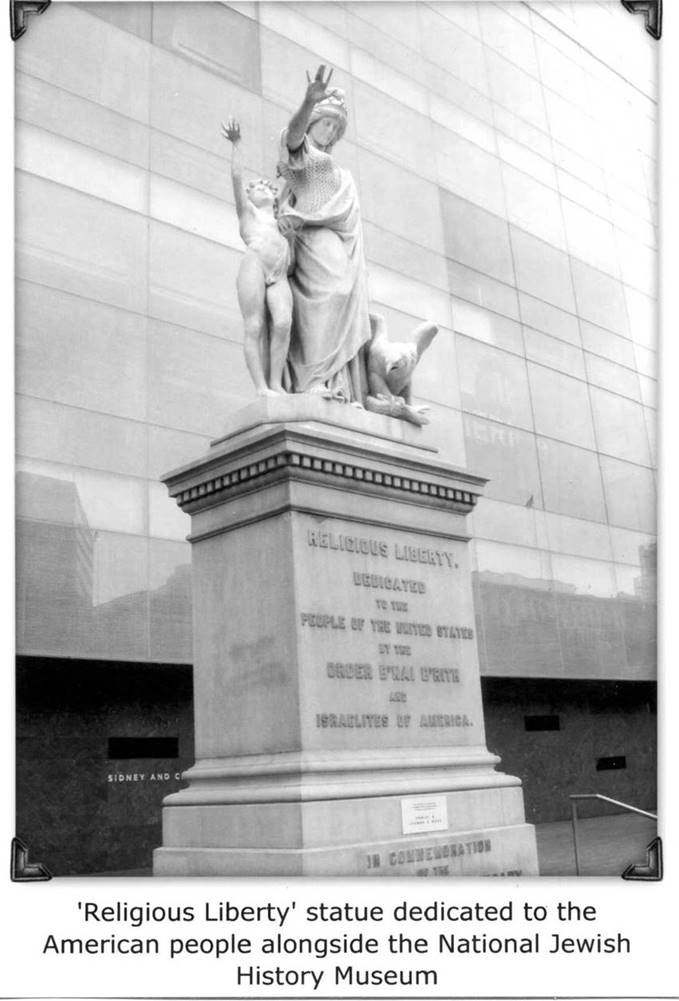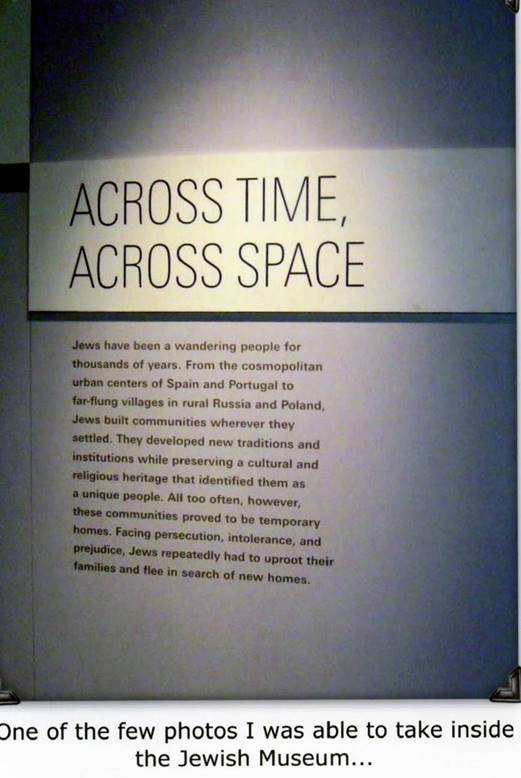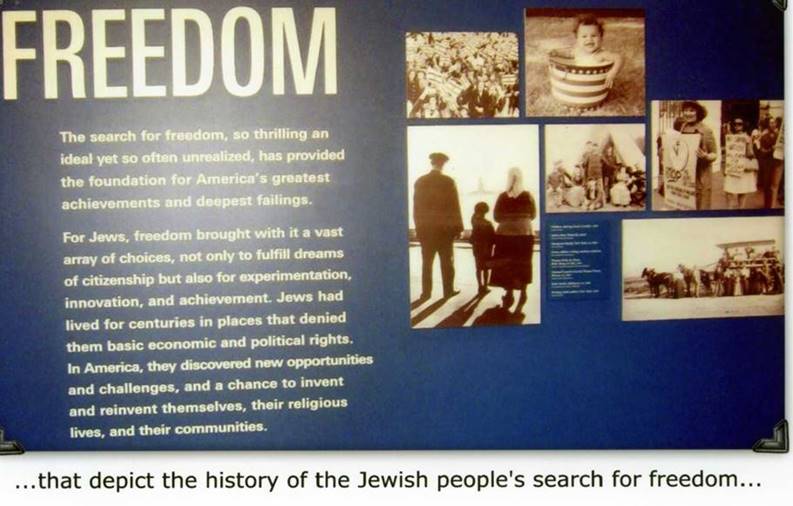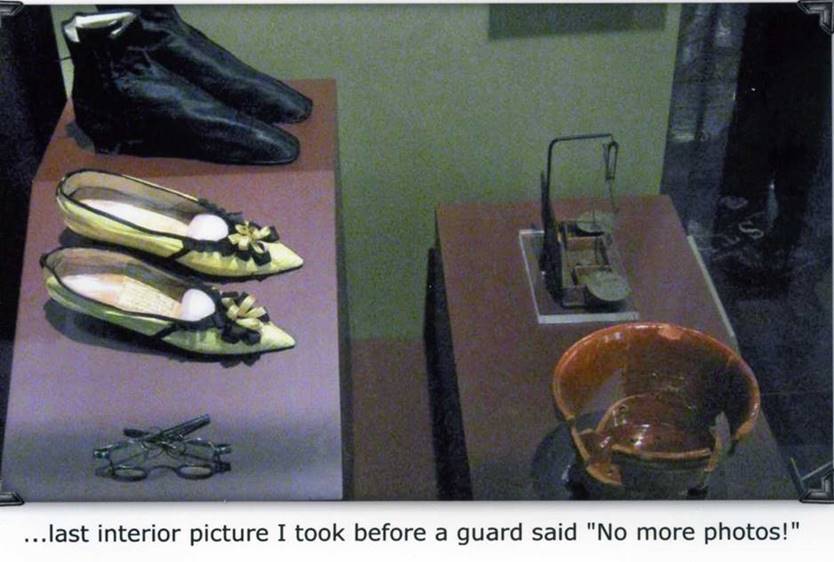
Exterior of the National Constitution Center in Philadelphia,
Pennsylvania
Established
17 September 2000
Location
Type
History Museum
Director
David Eisner
Website
Company
K-1 Reunion in Pennsylvania…
Thursday, 19 May
Bus departs for center city Philadelphia.
Tour of Constitution Center.
Optional tours of Visitors' Center, Liberty Bell Pavilion, and Independence
Hall. (Edna Mae and I visited the nearby National
Museum of American Jewish History, instead)
Lunch at City Tavern (Edna Mae and I had a 'kosher'
lunch at the Jewish History Museum.)
Other Optional Tours: Kosciuszko House, Polish American Cultural Center &
Museum Exhibit Hall,
Optional dinner on your own.
Philadelphia
Philadelphia is the largest city in
Pennsylvania
and the fifth-most-populous city in the United States.
In 2008, the population of the city proper was estimated to be more than 1.54
million, while the
Greater Philadelphia
metropolitan area's
population of 5.8 million made it the country's fifth largest. The city, which
lies about 80 miles (130 km) southwest of New York City, is the nation's
fourth-largest urban area by population and its fourth-largest consumer
media market,
as ranked by the
Nielsen Media Research.
It is the county seat of
Philadelphia County,
with which it is coterminous. Popular nicknames for Philadelphia include
Philly and The City of Brotherly Love, from the literal meaning of
the city's name in Greek (Greek:
Φιλαδέλφεια
([pʰilaˈdelpʰeːa],
Modern Greek: [filaˈšelfia])
"brotherly love", compounded from philos (φίλος) "love", and adelphos
(ἀδελφός) "brother").
A commercial, educational, and cultural center, Philadelphia was once the
second-largest city in the
British Empire
(after London), and the social and geographical center of the
original 13 American colonies.
It was a centerpiece of early American history, host to many of the ideas and
actions that gave birth to the
American Revolution
and
independence.
It was the most populous city of the young United States, although by the
first census
in 1790, New York City had overtaken it. Philadelphia served as one of the
nation's
many capitals
during the Revolutionary War and after. After the ratification of the
U.S. Constitution,
the city served as the temporary national capital from 1790 to 1800 while
Washington, D.C., was under construction.
See also:
Video: Welcome to Philadelphia (with a series of video tours of the historic
city)
http://www.youtube.com/watch?v=k_Hc3u9CygI&feature=related
Independence Hall:
http://www.nps.gov/inde/historyculture/index.htm
For more information on Philadelphia
http://en.wikipedia.org/wiki/Philadelphia
To visit the official Philadelphia Visitors Site
*****************************************
|
|
|
|
|
|
|
Established |
17 September 2000 |
|
Location |
|
|
Type |
History Museum |
|
Director |
David Eisner |
|
Website |
|
The National Constitution Center is an organization that seeks to expand
awareness and understanding of the
United States Constitution
and operates a museum to advance those purposes.
A groundbreaking ceremony for the museum was held on September 17, 2000–213
years after the original Constitution was signed. On July 4, 2003, it was opened
and the National Constitution Center joined other notable sites and iconic
exhibits in what has been called "America's most historical square mile" because
of the proximity of historical landmarks such as
Independence Hall
and the
Liberty Bell.
Then-Supreme
Court Justice
Sandra Day O'Connor,
officiating at the opening ceremonies, said, "It will contribute each and every
day to the reinforcement of the basic principles that bind us together as a
nation and a people."
The institute's theater presentation is Freedom Rising which explains the
history of the U.S. Constitution, and how the definition of "We the People" has
expanded over time.
The main exhibit hall presents a chronology of constitutional history featuring
artifacts and original documents, interactive exhibits based on the preamble to
the Constitution, and "talk backs" and ways to discuss the Constitution.
Other exhibits are dedicated to the right to vote and divisive issues such as
intelligent design
or the
death penalty.
"Signers' Hall" features life-sized, cast-bronze sculptures of the 39 signers of
the Constitution and the three dissenters.
See also:
http://en.wikipedia.org/wiki/National_Constitution_Center
http://constitutioncenter.org/Files/funfacts.pdf
http://www.ushistory.org/tour/constitution-center.htm
************************************



























**************************************
NOTE: Edna Mae and I visited the nearby National Museum of American Jewish History as our choice among the options offered…
|
Established |
1976 |
|
Location |
|
|
President |
Michael Rosenzweig |
|
Website |
|
The National Museum of American Jewish History (NMAJH) is a
Smithsonian-
affiliated museum in
Center City
Philadelphia,
located on
Independence Mall
within the
Independence National Historical Park.
With its founding in 1976 the 15,000-square-foot museum shared a building with
the
Congregation Mikveh Israel.
In 2005, it was announced that the museum would be moved to a new building to be
built at Fifth Street and
Market Street
on the
Independence Mall.
The site was originally owned by CBS'
KYW radio
and
KYW-TV.
The project broke ground on September 30, 2007. The 100,000-square-foot glass
and
terra-cotta
building was designed by
James Polshek
and includes an atrium, a 25,000 square feet area for exhibits, a Center for
Jewish Education, and a theater. The project, including endowment, cost $150
million. The opening ceremony was held November 14, 2010 and was attended by
over 1,000 people including Vice President
Joe Biden,
Mayor
Michael Nutter,
Governor
Ed Rendell,
and Rabbi
Irving Greenberg.
The building opened to the public November 26, 2010.
Exhibits use pieces from the museum's collection which includes over 20,000
objects and ranges from the Colonial period to the present day. Exhibits focus
on Jews in America. Professor
Jonathan Sarna
of
Brandeis University
led the development of the core exhibit for the
museum.
|
The open interior plan is crisscrossed with bridges and stairs.
|
|
Inside, the museum centers on an atrium crisscrossed by bridges and stairs with
glass treads, which extend from the top of the museum’s five stories down to a
lower level that houses an educational center and theater. The open design, in
which people are visible to each other across different levels, is a Polshek
signature. “People love watching other people use spaces, as I know from doing
Carnegie Hall,” James Polshek said.
The
design team liked the idea of keeping an “eternal light” burning outside the
museum, in a nod to synagogue tradition. But the money and energy that would be
required to keep a ten-foot-tall flame burning were prohibitive. So Polshek
sought an alternate from Ben Rubin, a media artist whose work he knew and
admired from various famous commissions, including, most recently, the lobby of
the New York Times building.
Rubin often incorporates text into his artworks, and was inspired by the design
of the Talmud, the tome of Jewish law. “But this is a tricky place, politically,
to introduce literal text because it’s so public,” Rubin said. So he pared down
the blocks of text on each of the Talmud’s roughly thousand pages into blank
white-and-gray rectangles. The abstracted pages cycle through a series of seven
LED screens on an upper corner of the museum, appearing in succession on each
screen briefly before moving to the next. The effect is a flickering cloud of
light. Like the rest of the museum, it aims to be simple in appearance and heavy
with meaning.
See also:
http://en.wikipedia.org/wiki/National_Museum_of_American_Jewish_History
http://archpaper.com/news/articles.asp?id=4832
http://www.yelp.com/biz/national-museum-of-american-jewish-history-philadelphia-2








*****************************************
Note: Another nearby option that we visited is both historic and has ties to the
Kosciuszko Monument and Garden @ West Point
![[pix here]](clip_image039.gif)

The house is located on the corner of 3rd and Pine Streets
in
Philadelphia, PA.
Cheering crowds and booming cannon salutes greeted
General Thaddeus Kosciuszko
on his arrival to Philadelphia in August, 1797. Exiled from his beloved Poland,
his only wish was to return to his "second country." Though his many American
friends urged him to make a new life and home in the United States, Kosciuszko
stayed here less than a year. Turbulent events would draw the General back to
Europe in May, 1798.
Instructed to find "a dwelling as small, as remote, and as cheap" as possible,
Kosciuszko's secretary, Julian Niemcewicz, chose Mrs. Ann Relf's boarding house
in Society Hill (on the corner of 3rd and Pine Streets).
Still suffering from battle wounds received during the Polish Insurrection,
Kosciuszko rarely left his bedchamber. He amused himself through reading,
hobbies, and entertaining visitors. Persons of all backgrounds were welcomed
here by Kosciuszko. For some visitors, exciting discoveries in science,
discussions about social reforms, and the fierce American political scene were
the topics of the day. Others stopped by to share a relaxing game of chess or
whist. Young ladies enjoyed having their portraits painted by the General.
For five months this room was Kosciuszko's home. Recreated from an inventory
found in Thomas Jefferson's personal papers, the room reflects Kosciuszko's
political and personal interests, as well as his vagabond lifestyle. The objects
in the room are period pieces similar to those owned by Kosciuszko.
For many years the house stood in derelict condition until its significance was
recognized by Edward Pinkowski, Philadelphia's preeminent Polish-American
historian. Supported by Polish-American organizations and individuals who
believed in keeping the General's memory alive, he presented his information
before the United States Congress and the house became a site administered by
the National Park Service. After renovation, it opened in 1976 as a museum
devoted to Kosciuszko.
http://www.poles.org/k_house.html
http://www.ushistory.org/tour/kosciuszko.htm
http://explorepahistory.com/hmarker.php?markerId=1-A-27F
http://en.wikipedia.org/wiki/Tadeusz_Ko%C5%9Bciuszko
**********************************************